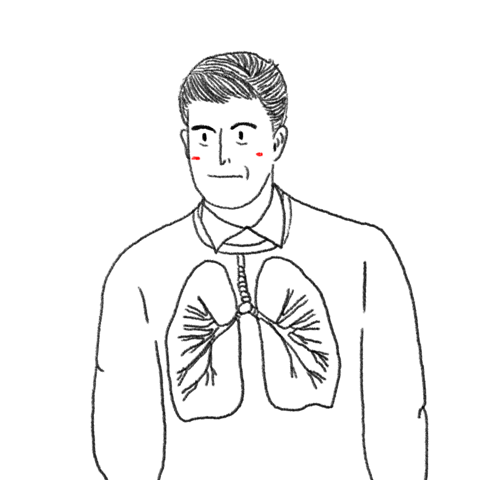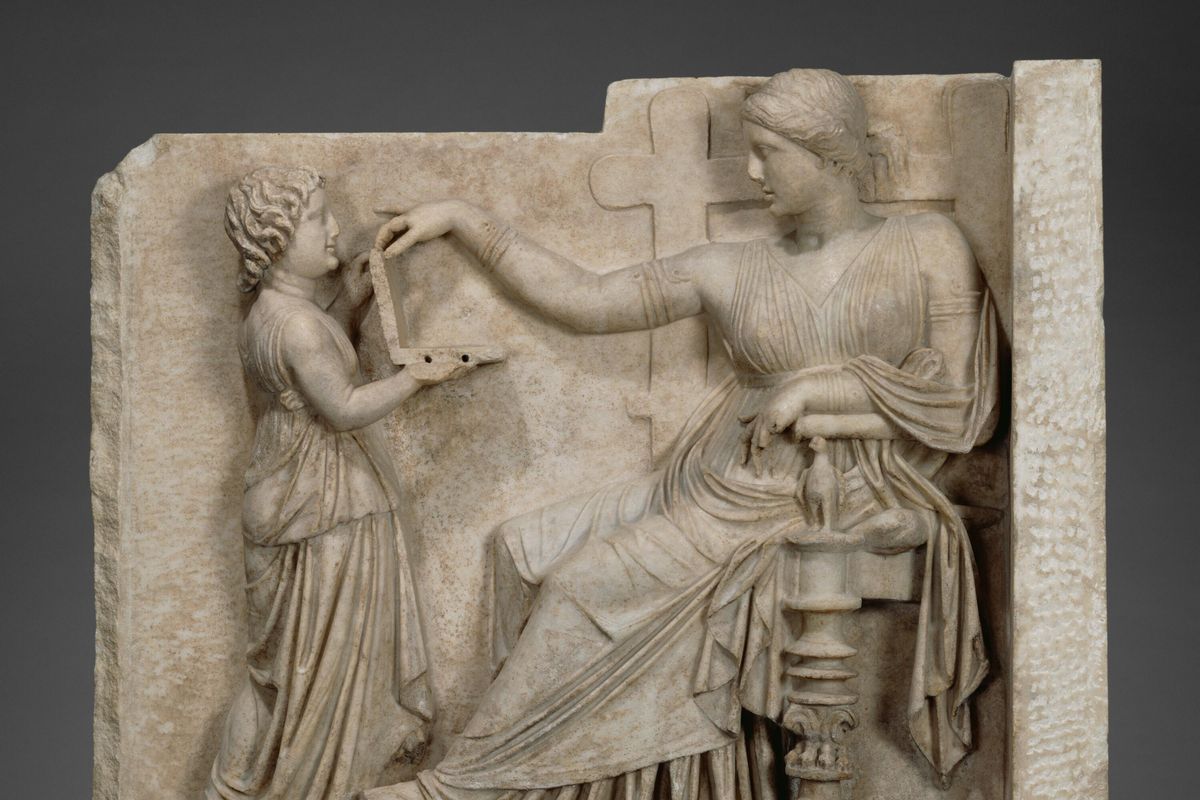News
Greg Evans
Nov 25, 2017

Picture:
criene / iStock
How well do you know your own body?
Most people probably know that they have a bad back or a dodgy knee, but how about internally?
We would hope that the majority of the population could locate their brain or heart when asked; but what about your liver or kidneys?
That's exactly what a research team at Lancaster University wanted to find out.
They asked 63 volunteers with an average age 36.5 to identify 20 non-obscure body parts which ranged from organs, muscles and ligaments on a diagram.
Their results were published through Anatomical Sciences Education, and to put it politely, they were worrying.
As we predicted everyone knew where their brain was but other organs proved a little harder to find for some.
For instance, only 70 per cent of participants successfully identified where their lungs should be, which is quite concerning for the other 30 per cent when you think about it.

Other low scoring organs included the spleen, the gallbladder, adrenal gland and pancreas, all of which went mostly undetected.
Surprisingly, the thyroid gland was located by 80 per cent of participants and 90 per cent knew where their cornea was.
However, people's knowledge of their muscles proved to be the best.
80 per cent of those that took part knew where their biceps were. This was the same result for the triceps but only in men.
When it came to women, only 50 per cent knew where their triceps were, but more women knew where their quads were housed.
This might tell you a thing or two about the relationship some men have with their arm muscles.

According to Popular Science, other body parts that proved difficult to find were the Achilles tendon, the appendix and, amazingly, the stomach.
You'll be pleased to learn that participants who worked in health services scored higher than everyone else.
In their conclusion, the authors of the study called for an improvement in the overall education of the anatomy.
They write:
Public knowledge of the anatomical 'self' is lacking and evidence points towards a growing need for anatomy education to the wider public.The current study demonstrates the general public’s eagerness to learn anatomy despite their limited knowledge of the human body, and the need for widening participation.Furthermore, it raises an awareness of the anatomical literacy needs of the general public, especially in schoolchildren and young adults.Furthermore, it emphasizes the value of health literacy as a focus in undergraduate medical education.Anatomy literacy appears to be neglected, and this experience provides an example of a possible mode of public engagement in anatomy.
HT IFL Science
More: The exercises you should be doing depending on your body type
Top 100
The Conversation (0)













